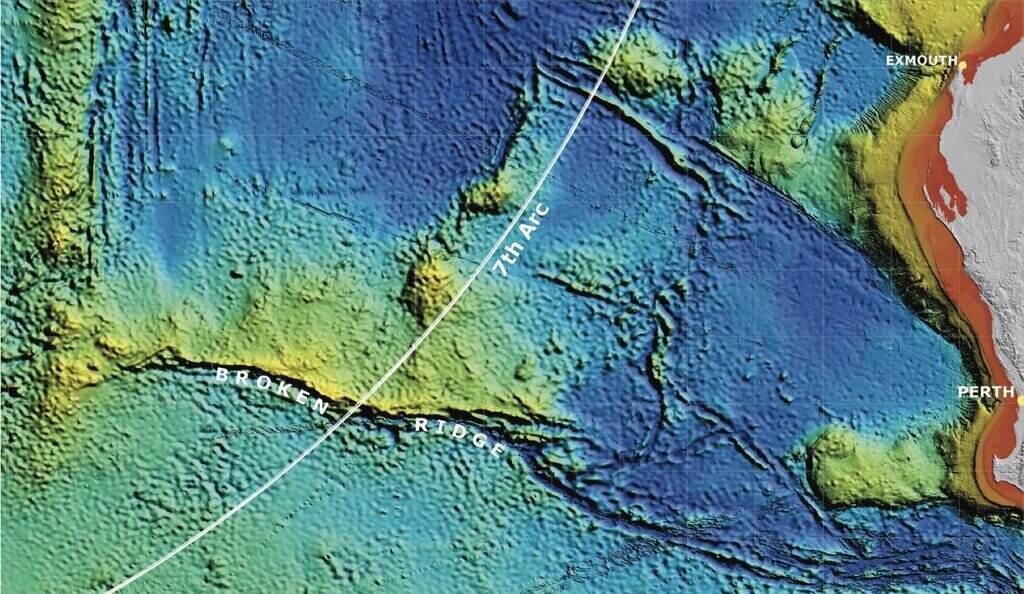MH370 search expert Richard Godfrey - British aerospace engineer - revealed some information about the new search on his blog.
Accordingly, in May this year, Ocean Infinity presented the underwater search proposal to Malaysian Transport Minister Anthony Loke in Kuala Lumpur. Ocean Infinity submitted the proposal to open a search for MH370 along with evidence and information for consideration by relevant parties within the Malaysian Transport Ministry.
During this meeting, Josh Broussard - Chief Technology Officer of Ocean Infinity along with the company's commercial director presented a presentation to convince Malaysian authorities about the new search for the missing Malaysia Airlines flight 10 years ago.
Pete Foley, the former director of the Australian Transport Safety Bureau (ATSB) search, also attended the meeting in Malaysia. He has been campaigning for a renewed search for MH370 for years and is advising Ocean Infinity on the new search.
Professor Simon Maskell, University of Liverpool, is a scientific adviser to Ocean Infinity and also attended the meeting. Professor Simon leads a team investigating the possibility of using WSPR technology to detect and track aircraft.
He plans to add WSPR data to the filter developed by Australia's Defence Science and Technology Group (DSTG) to define the search area for MH370.
The filter is described in detail in the book “Bayesian Methods in the Search for MH370”.
According to the latest MH370 news on the blog on November 5, Mr. Richard Godfrey said that Malaysia has agreed in principle to a new search for MH370. Malaysia concluded that Ocean Infinity's proposal to restart the underwater search for MH370 is credible. However, Malaysia's negotiations with Ocean Infinity on a new search have not yet been completed.
The search for MH370, conducted by Ocean Infinity, is expected to last from November 2024 to March 2025. The search will be conducted on a “no find, no fee” basis. If MH370 is found, the expected fee is $70 million.

Also reporting on the Ocean Infinity proposal presentation meeting, Radiant Physics' MH370 blog - a gathering of experienced technology experts and entrepreneurs - based in Virginia, USA, said that some slides in the meeting highlighted Ocean Infinity's goodwill to open a further search for MH370.
The new search area, which may be further refined, spans an arc of 7 in the Indian Ocean, from about 33 degrees south to 36 degrees south, extending about 83 km on both sides of the arc.
In the new search, Ocean Infinity also plans to revisit areas that have been previously searched but have had low-quality or missing data due to equipment failure or terrain challenges.
Ocean Infinity's search proposal is broadly consistent with the reconstruction of MH370's flight path data and search area presented in UGIB 2020 (a document recommending a search for MH370 in the southern Indian Ocean, along arc 7) and the drift study of MH370 debris.
In fact, the “last estimated position” (LEP) of MH370 presented in these studies has been designated as the key search point that Ocean Infinity outlined in the slide. The proposed search area also includes the high priority area that MH370 search experts have outlined.










